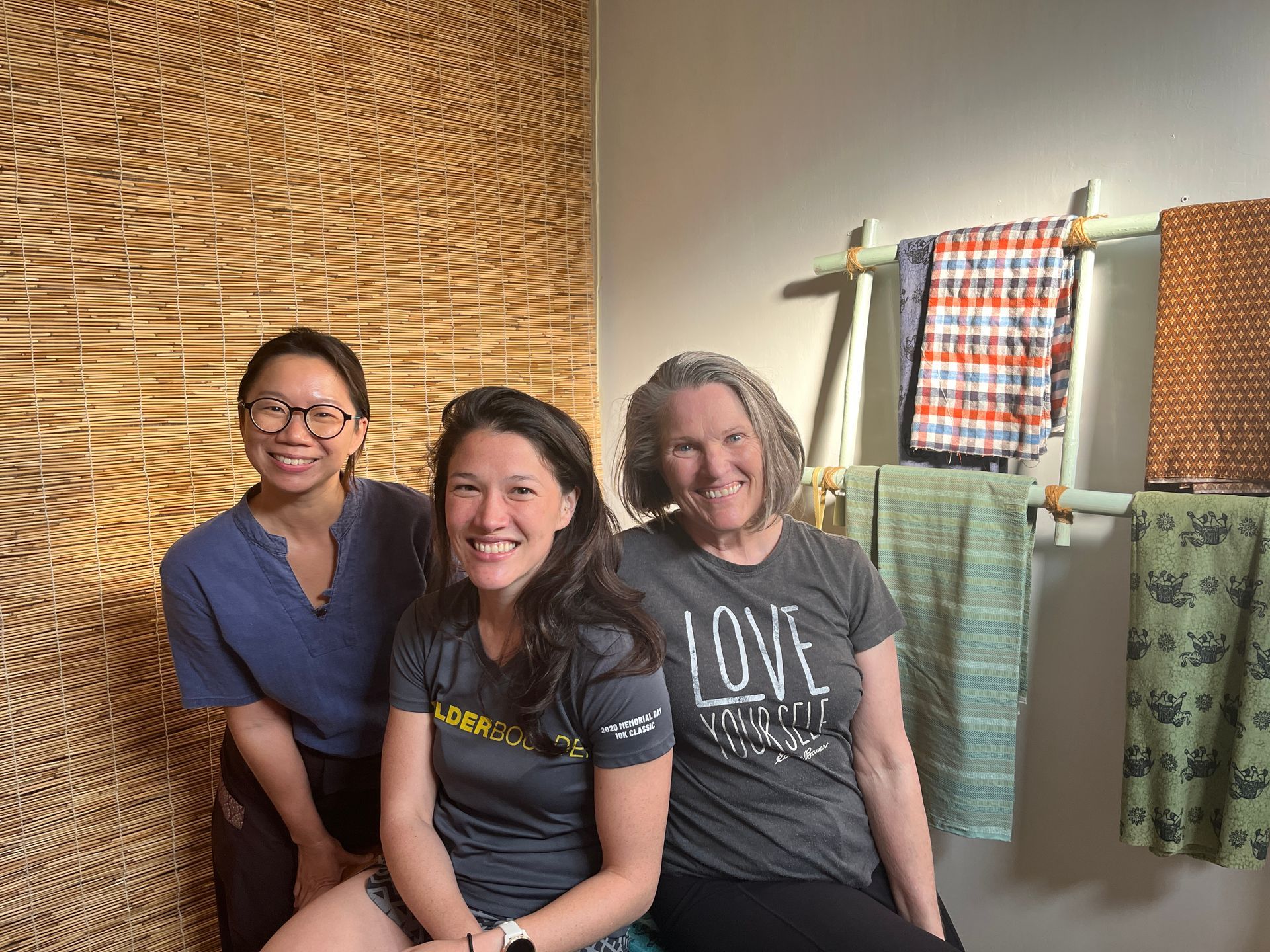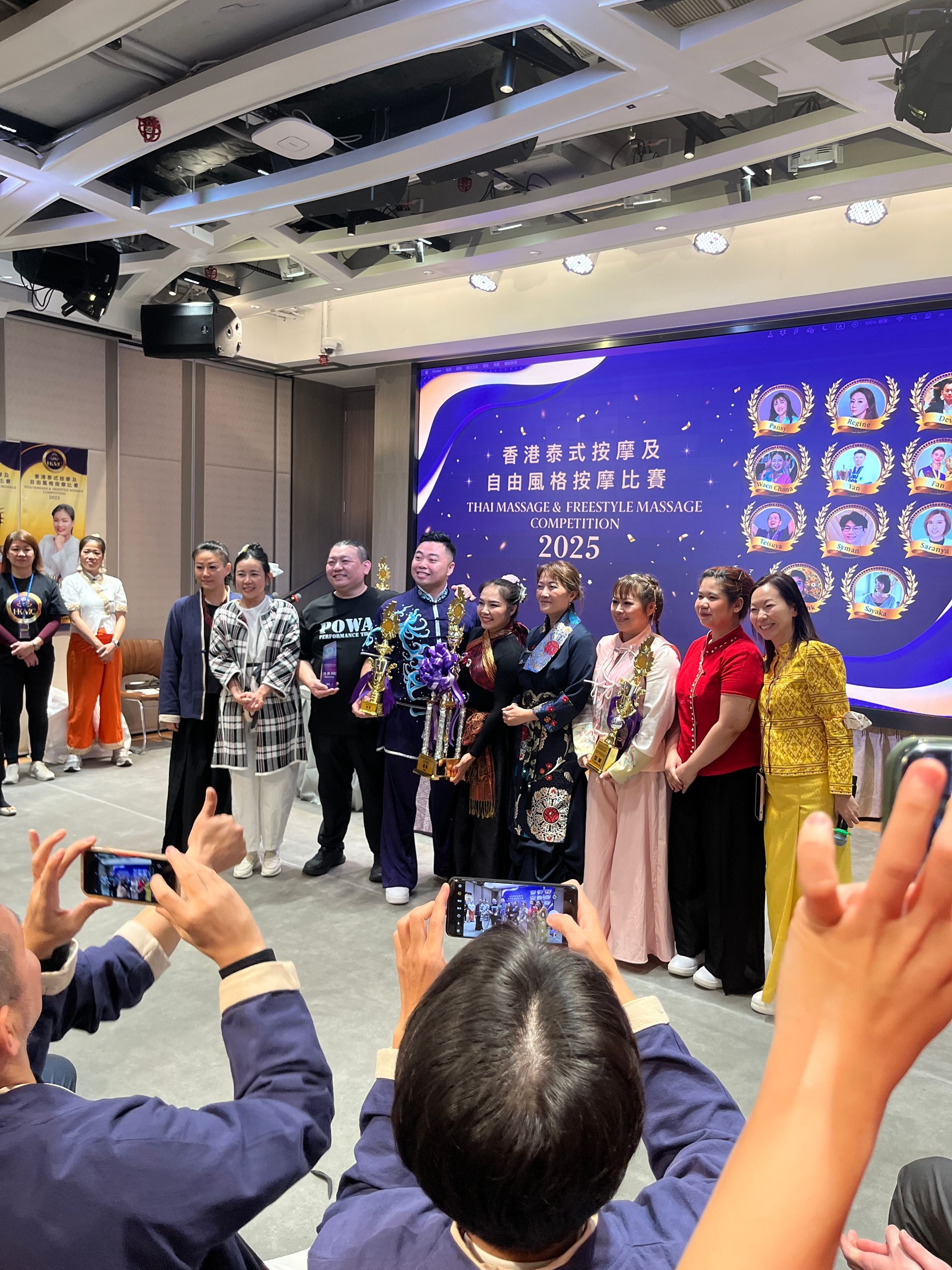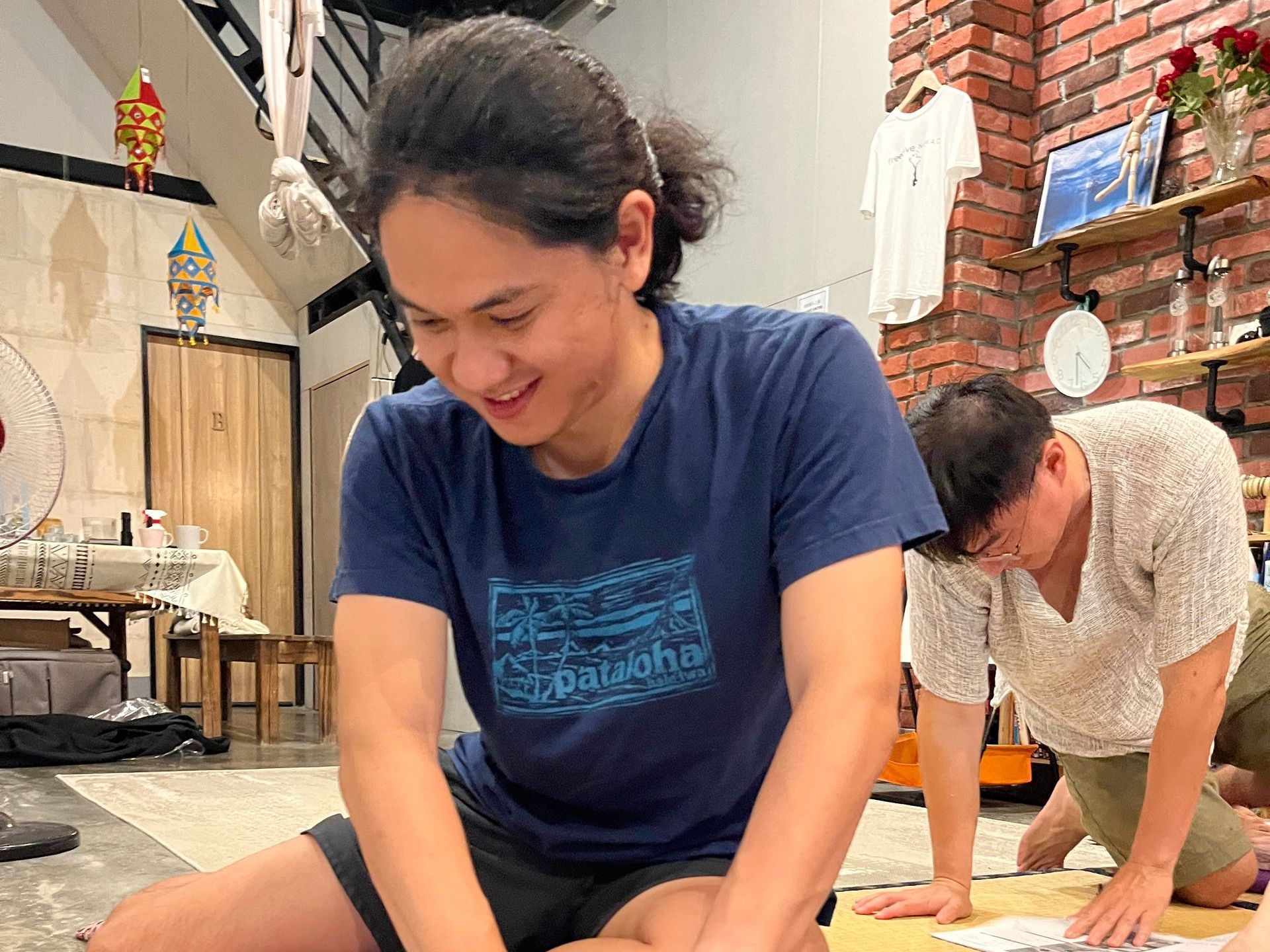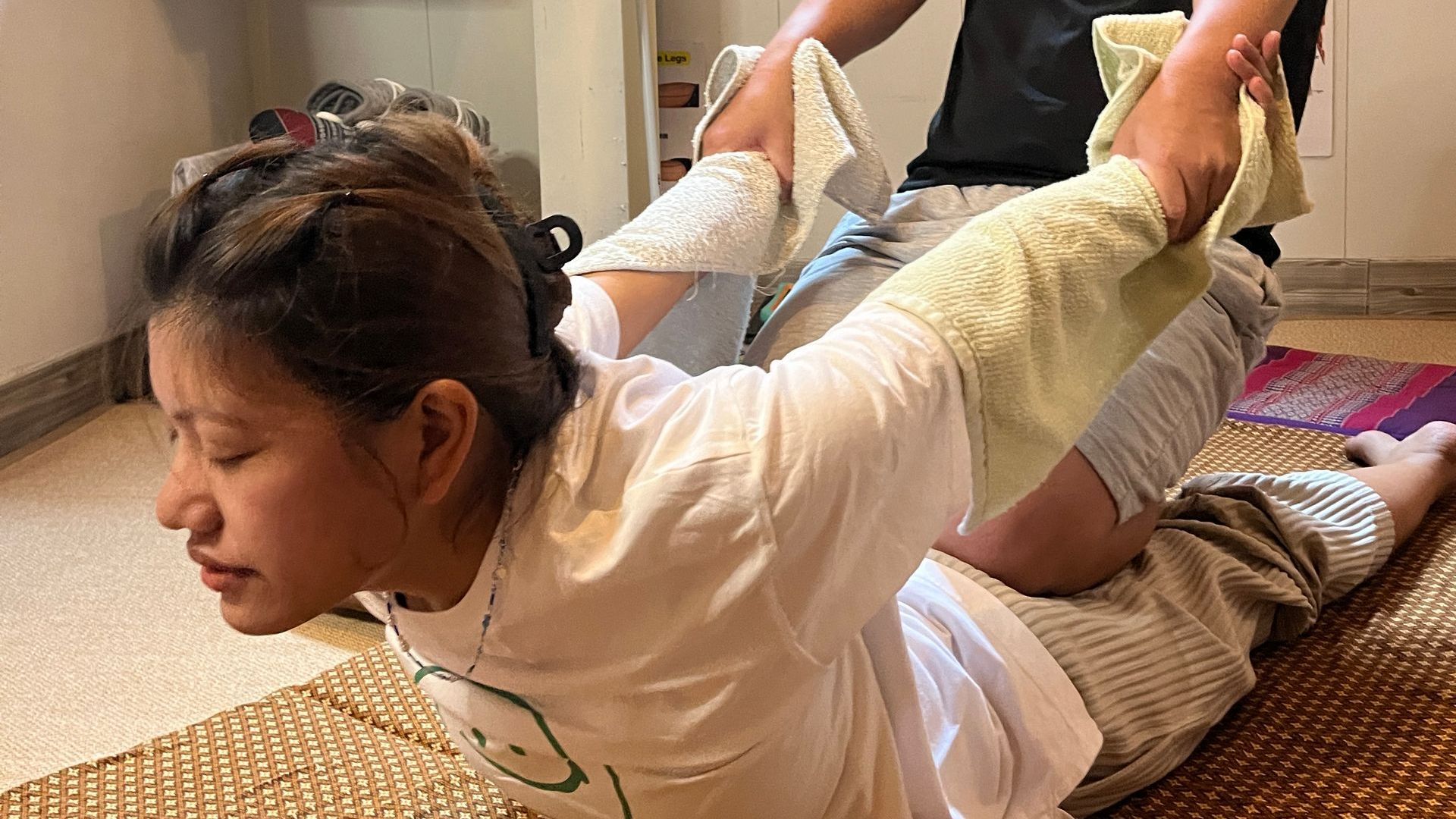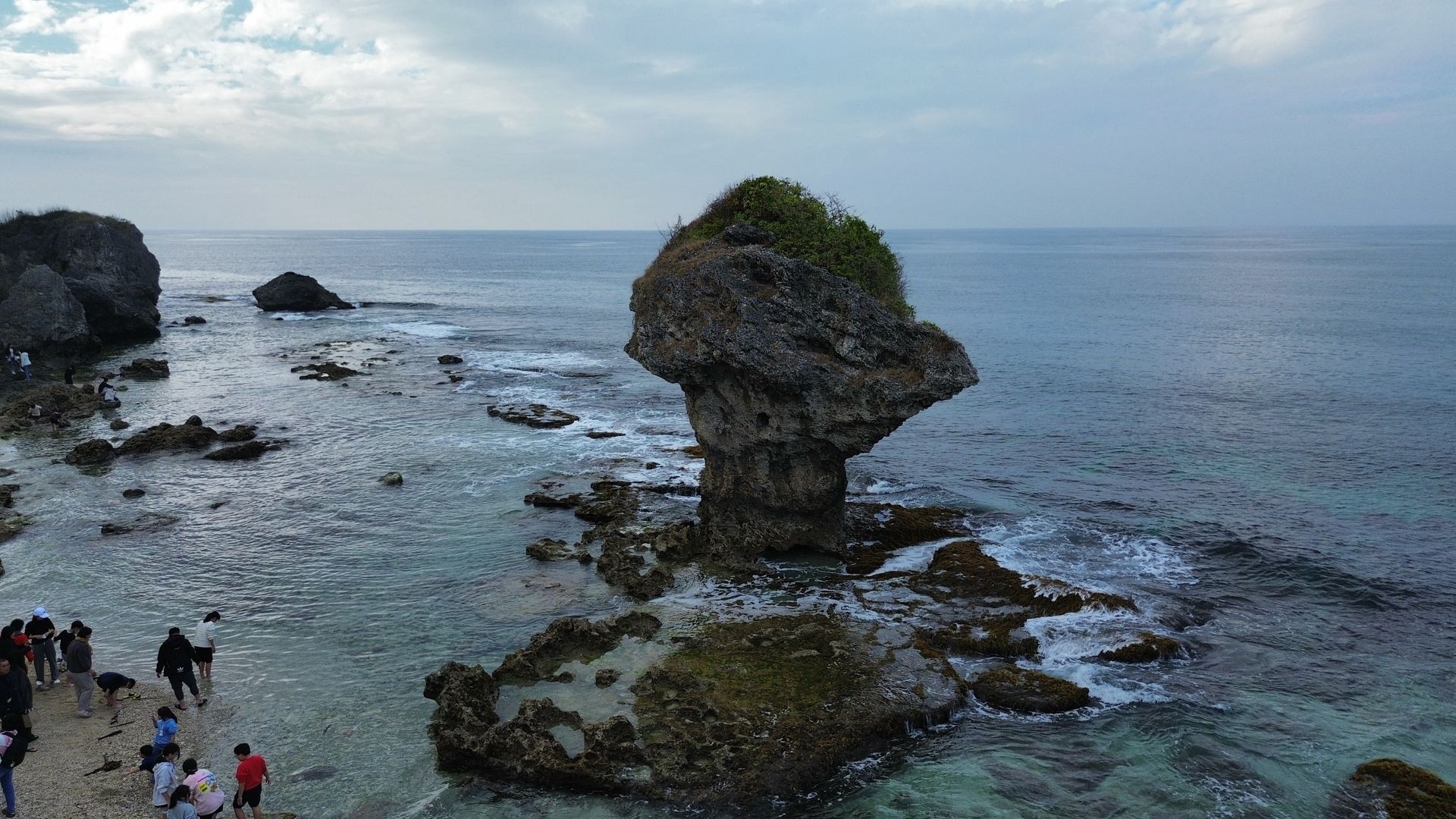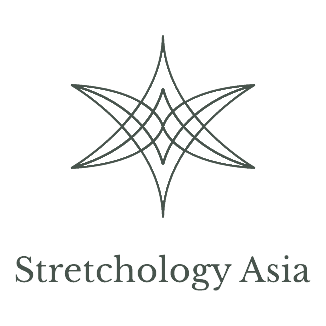A Comprehensive Comparison of Chinese Meridian Massage, Western-Style Massage, and Thai Massage
Massage therapy has been practiced for centuries across various cultures, each developing its unique techniques and philosophies. Chinese Meridian Massage (中式經絡按摩), Western-style massage (西式按摩), and Thai Massage (泰式按摩) stand out as prominent modalities, each with its own principles and benefits. In this comprehensive comparison, we delve into the distinct characteristics of these three massage styles, shedding light on their origins, techniques, and therapeutic effects.
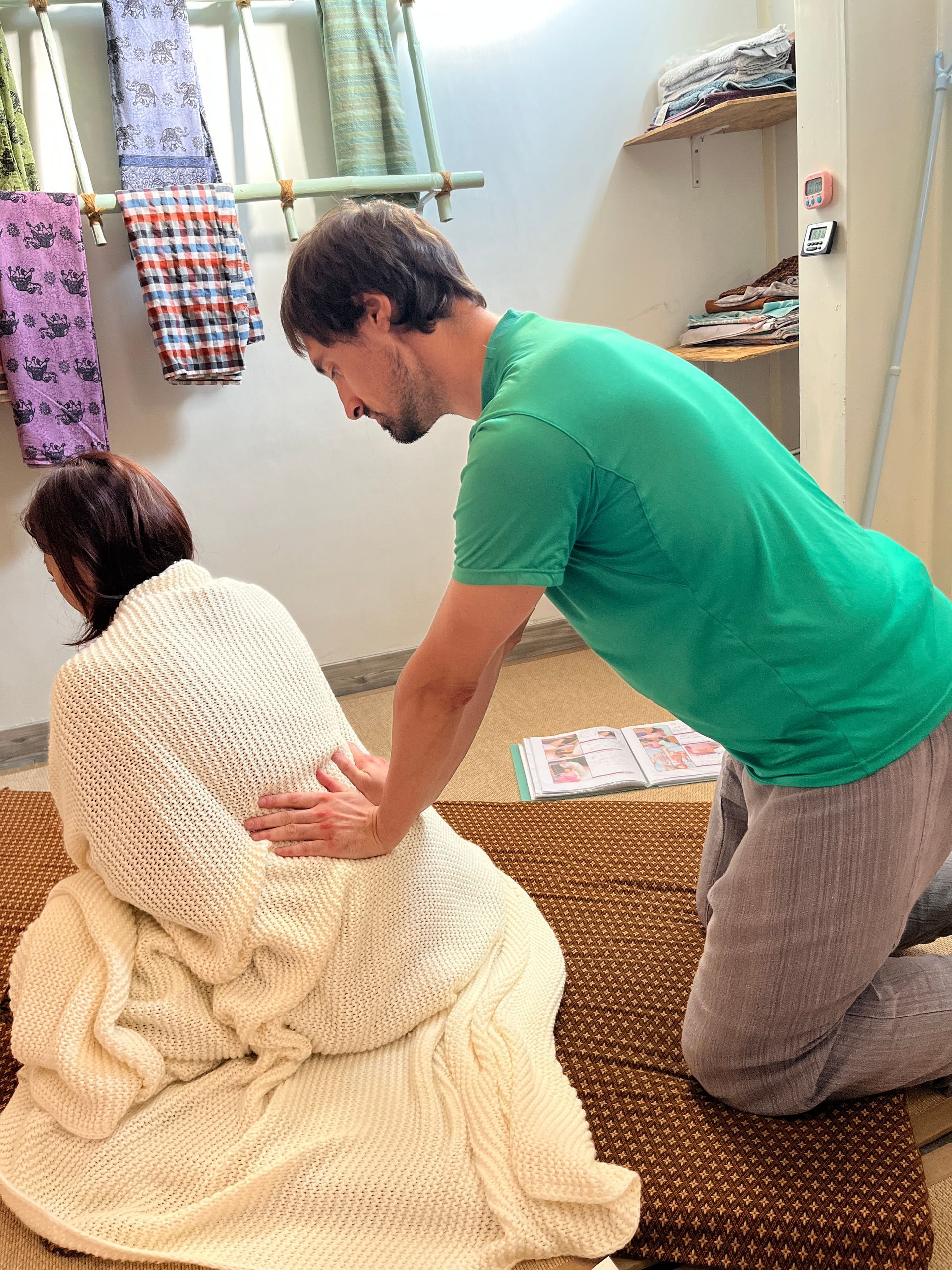
Chinese Meridian Massage
Originating from Traditional Chinese Medicine (TCM), Chinese Meridian Massage focuses on the body's meridian system, which is believed to be a network of energy pathways. Practitioners aim to balance the flow of vital energy, Qi (氣) through these meridians, promoting overall well-being. Techniques involve acupressure, kneading, targeting specific points along the meridians.
Key Characteristics:
- Meridian System Focus: Emphasis on balancing Qi flow through the body's energy channels.
- Acupressure Techniques: Pressure applied to specific acupuncture points to stimulate energy flow.
- Holistic Approach: Addresses both physical and energetic aspects of the body.
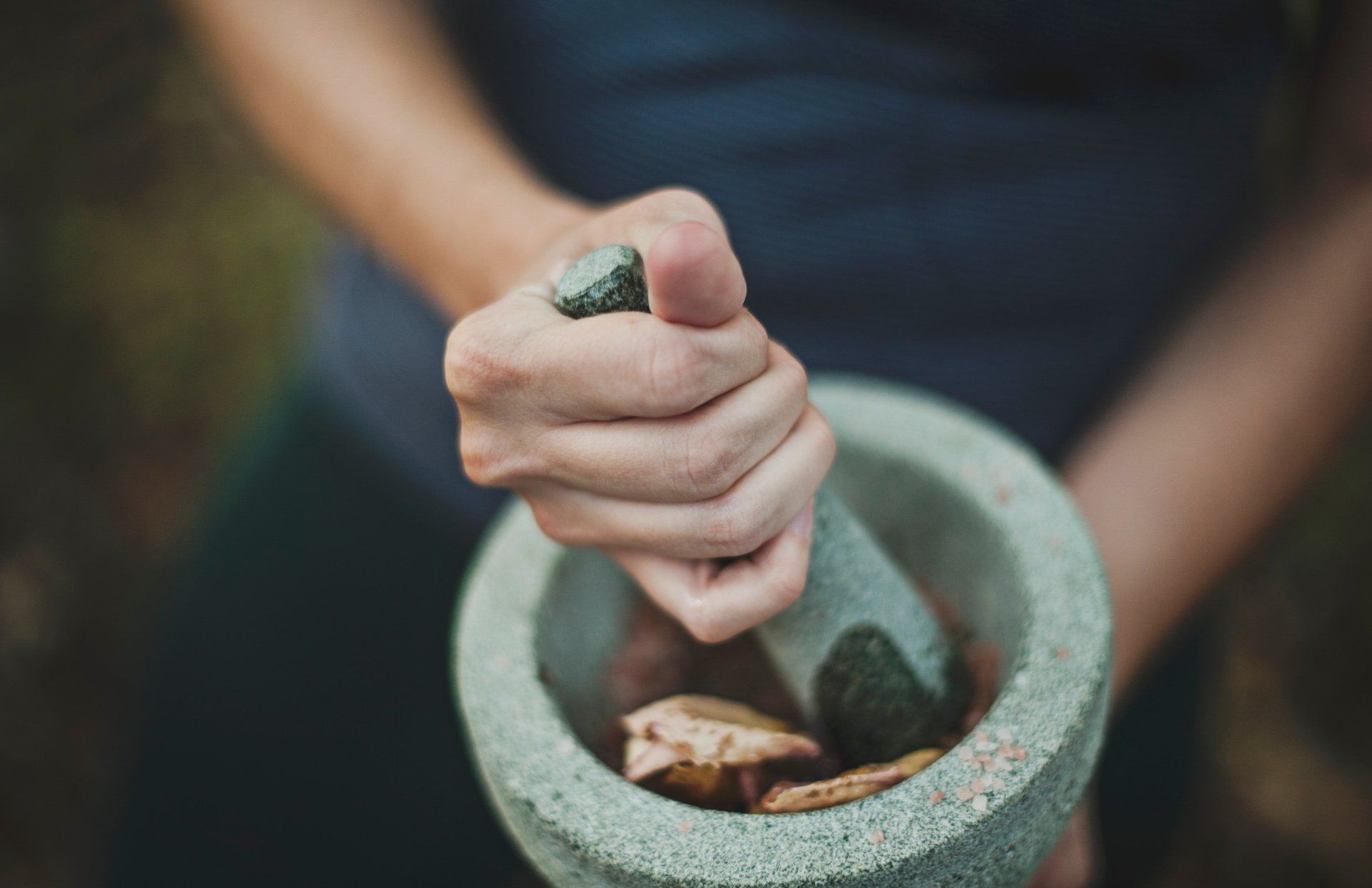
Western-Style Massage
Western-style massage, also known as Swedish massage, is one of the most widely practiced massage modalities globally. Developed in the 19th century, it incorporates various techniques such as effleurage, petrissage, and friction. The primary goal is to relax muscles, improve circulation, and reduce tension.
Western-style massage therapy gained traction in Europe, with Greece playing a pioneering role. The physically-oriented Grecians developed early sports massage techniques to alleviate muscle tension from active lifestyles. Around 500 B.C., Hippocrates, known for the Hippocratic Oath, advocated massage for injury healing, contributing to its widespread adoption in the Western world.
Key Characteristics:
- Muscle Relaxation: Focuses on easing muscle tension and promoting relaxation.
- Technique Variety: Involves a range of strokes, kneading, and gentle manipulations.
- Physiological Benefits: Aims to enhance blood circulation, flexibility, and joint mobility.
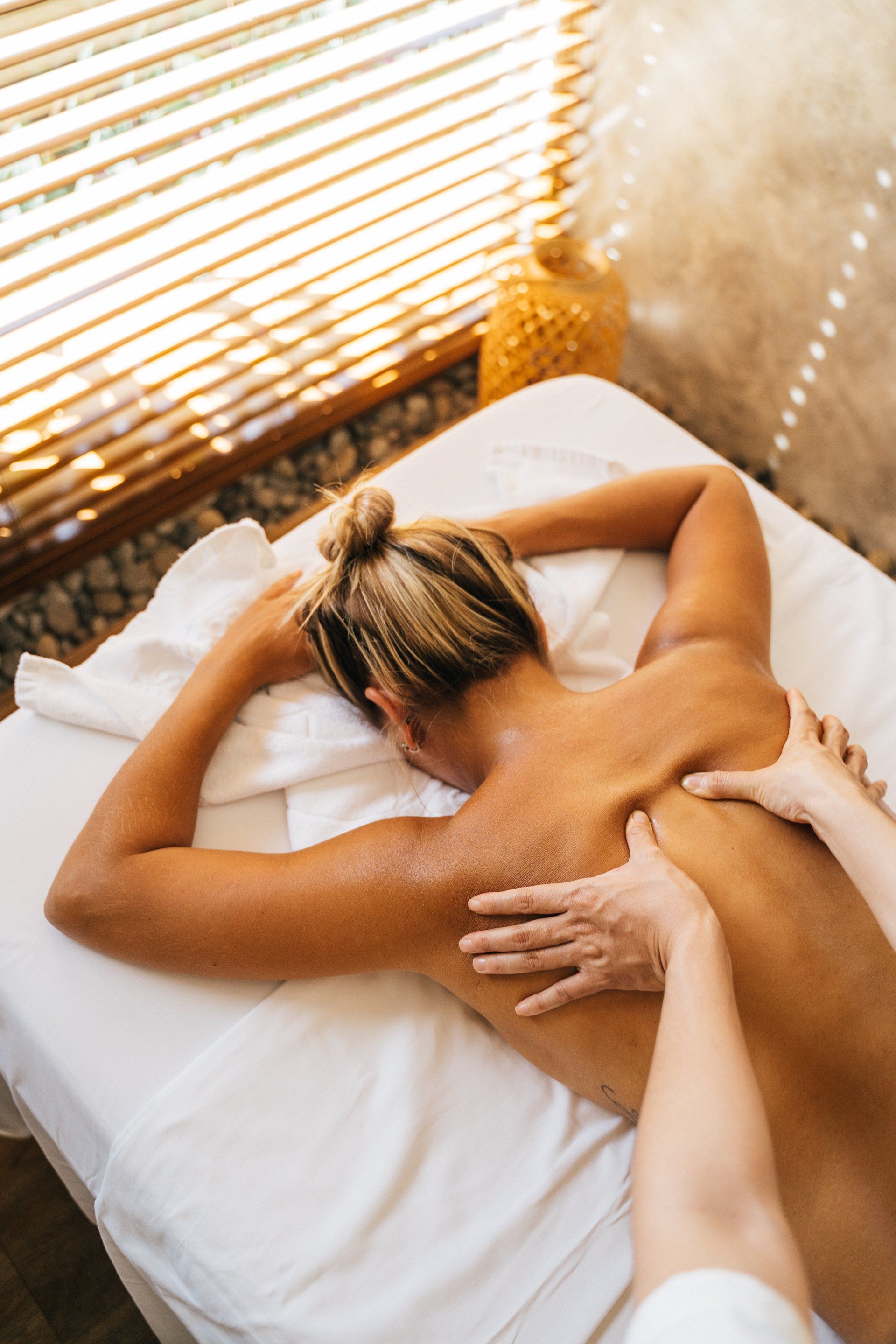
Thai Massage
Originating in Thailand, Thai Massage is a traditional healing art that combines acupressure, assisted yoga postures, Chinese and Ayurvedic principles. Practitioners use their hands, feet, other parts of the limbs like knees and elbows and body weight to apply pressure and perform stretches on the recipient. It is often referred to as "lazy yoga" due to its resemblance to yoga poses.
Key Characteristics:
- Yoga-Inspired Stretches: Incorporates passive stretching similar to yoga poses.
- Energy Lines (Sen Lines): Focuses on the body's energy lines to release tension and improve energy flow.
- Clothes On: Typically performed with the recipient fully clothed, promoting comfort and ease; performed on a floor mat to promote efficient deliverance of body weight of the therapist to the recipient. Unless the clients are receiving aromatherapy oil massage or a bamboo massage under the Thai massage modality, ones should be undressed and the treatment is performed on a massage table.
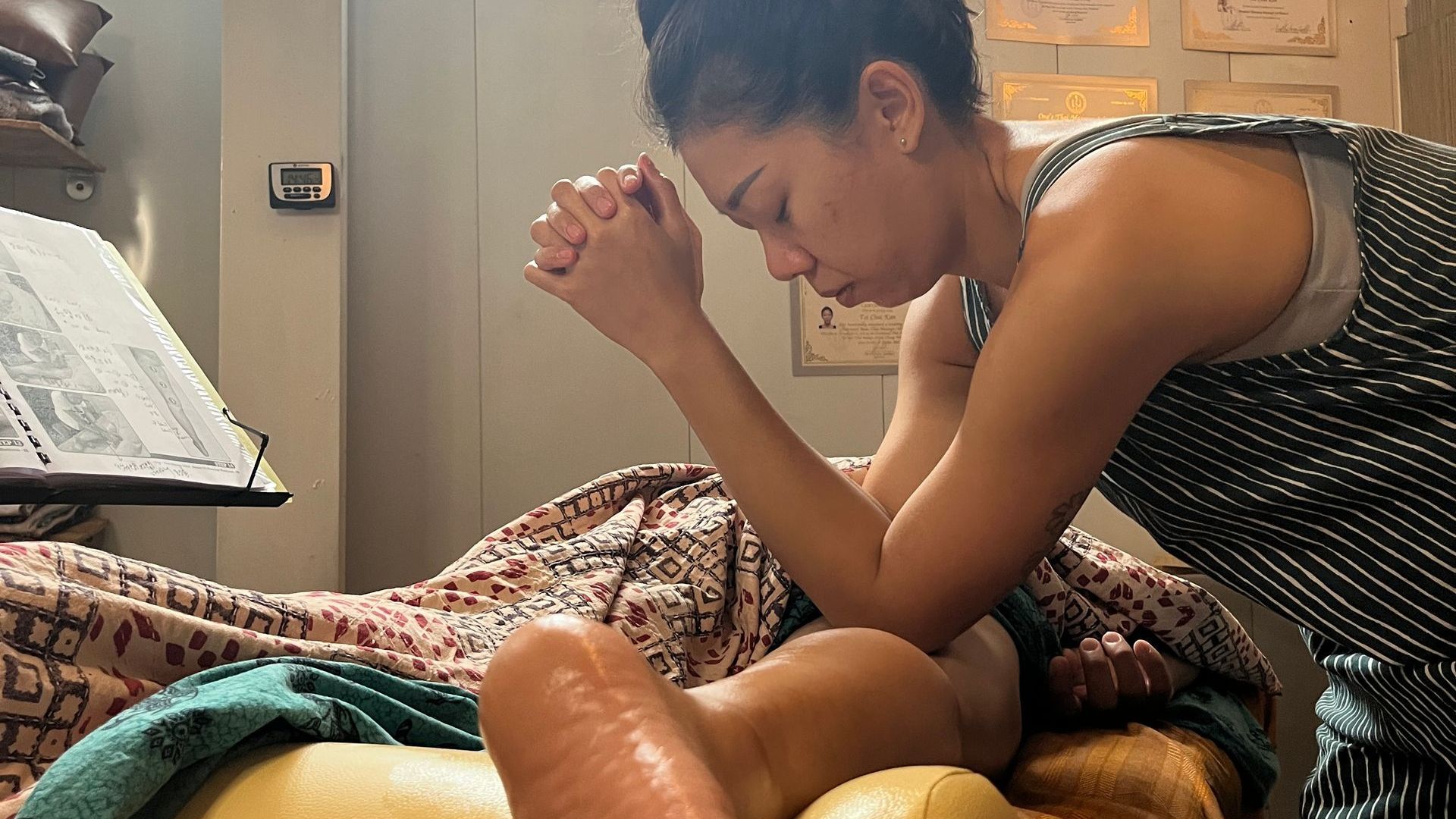
Comparison
- Philosophy
- Chinese Meridian Massage: Rooted in TCM, focusing on balancing energy flow.
- Western-Style Massage: Emphasizes muscle relaxation and physiological benefits.
- Traditional Thai Massage: Blends acupressure, yoga-inspired stretches, and energy line work.
- Techniques
- Chinese Meridian Massage: Acupressure, kneading along meridians.
- Western-Style Massage: Effleurage, petrissage, friction, and various strokes.
- Traditional Thai Massage: Assisted yoga poses, acupressure, and stretches.
- Clothing
- Chinese Meridian Massage: Typically performed with minimal clothing to access meridian points as the therapist will put towel on top of the surface to work on.
- Western-Style Massage: Often performed with the recipient undressed and covered with sheets.
- Traditional Thai Massage: Fully clothed recipient, promoting comfort and flexibility.
- Goal
- Chinese Meridian Massage: Balancing Qi and promoting holistic well-being.
- Western-Style Massage: Muscle relaxation, improved circulation, improve mobility and tension reduction.
- Thai Massage: Enhanced flexibility, energy flow, relaxation and promote holistic wellness.
In conclusion, Chinese Meridian Massage, Western-style massage, and Thai Massage offer unique approaches to promoting health and well-being. The choice between these modalities depends on individual preferences, health goals, and cultural inclinations. Whether you seek the holistic balance of Qi, the muscle relaxation of Swedish massage, or the yoga-inspired stretches of Thai Massage, each style contributes to the rich tapestry of global massage traditions.
RECOMMENDED ACTIVITIES
MORE BLOGS
